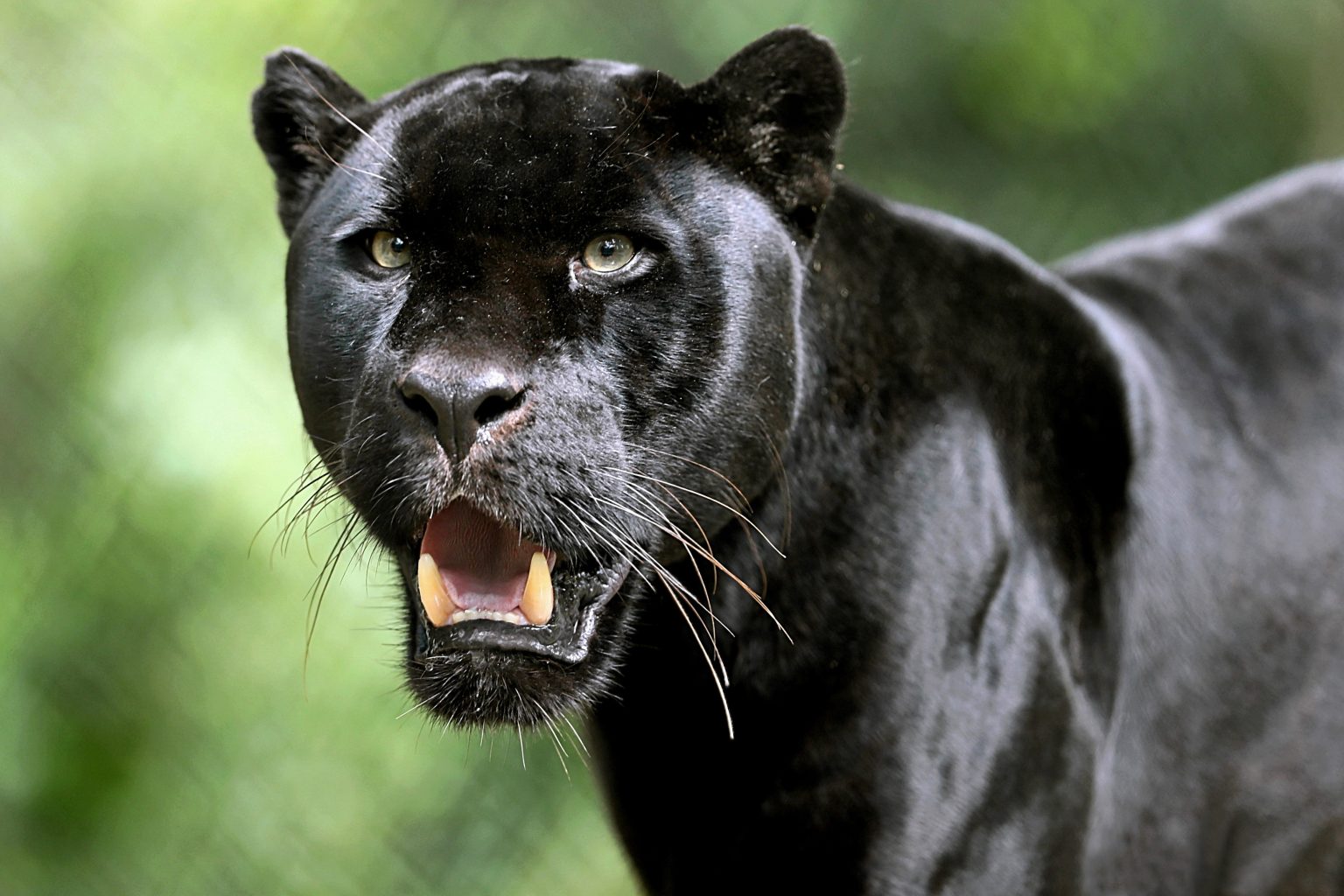Among the many awe-inspiring creatures in the animal kingdom, few spark the same sense of mystery, elegance, and power as the panther. Often cloaked in shadow and elusive in behavior, the panther has become a symbol of strength, stealth, and mystique. But what exactly is a panther? The term can be a bit misleading and is often misunderstood. This post dives deep into the world of panthers—exploring their identity, habitat, behavior, and their cultural significance.
What Is a Panther?
Contrary to popular belief, the term “panther” does not refer to a distinct species. It is actually a general term that can apply to several different big cats depending on geographic region and color variation.
-
Black Panther: This is the most commonly referred type. A black panther is typically a melanistic variant of either a leopard (Panthera pardus) in Asia and Africa or a jaguar (Panthera onca) in the Americas. Melanism is a genetic mutation that causes an overproduction of pigment, resulting in the animal’s black coat. Under certain lighting, you can still see the faint pattern of spots or rosettes.
-
Florida Panther: A subspecies of the cougar (Puma concolor coryi), found in the southeastern United States. It is not black but tawny, like other cougars.
-
Panthera Genus: Biologically, the term “Panther” is also rooted in the genus Panthera, which includes lions, tigers, leopards, and jaguars. However, in casual use, “panther” typically refers to the melanistic jaguars or leopards.
Where Do Panthers Live?
Panthers are incredibly adaptable and can be found in a wide range of habitats, depending on their species and location:
-
Black leopards are most commonly found in the dense tropical rainforests of India, Sri Lanka, and parts of Southeast Asia, where their dark coat gives them a stealth advantage.
-
Black jaguars roam the rainforests of the Amazon Basin and Central America.
-
Florida panthers dwell in the swamplands, pinelands, and forests of southern Florida.
Their habitats vary, but what they all have in common is the need for dense cover, plentiful prey, and a territory to call their own.
Hunting and Behavior
Panthers are solitary and territorial animals, mainly active during the night (nocturnal). They are apex predators, relying on their stealth, sharp senses, and muscular builds to stalk and ambush prey. Their diet includes:
-
Deer
-
Wild boar
-
Small mammals
-
Birds
-
Reptiles
Using the element of surprise, panthers pounce on their prey with powerful limbs and deliver a fatal bite, often to the neck.
Panthers are also excellent climbers and swimmers. Leopards, in particular, are known to drag their prey up into trees to avoid scavengers.
Panthers in Culture and Mythology
The panther has long held a place in human imagination. From ancient myths to modern media, these creatures symbolize everything from mystery and darkness to protection and transformation.
-
In Greek mythology, the panther was a companion of the god Dionysus.
-
In Native American cultures, the panther (or mountain lion) was seen as a powerful spirit animal representing leadership and courage.
-
The Black Panther in Marvel Comics, and its blockbuster film adaptation, brought the term into the global cultural spotlight, symbolizing empowerment and heritage.
Conservation Status
Many panther populations are under threat due to:
-
Habitat destruction
-
Poaching and illegal wildlife trade
-
Human-wildlife conflict
For example, the Florida panther is critically endangered, with an estimated population of fewer than 200 individuals. Conservation efforts include habitat preservation, breeding programs, and road-crossing corridors to reduce traffic-related deaths.
Black panthers (melanistic leopards and jaguars) are not separate species and thus are protected under broader conservation efforts for their respective species.
Fascination and Legacy
Panthers, whether seen as real animals or powerful symbols, continue to fascinate people worldwide. Their grace, elusiveness, and symbolic associations with the night and unknown give them an almost mythical status. While they are rarely seen in the wild, the idea of the panther lurks in stories, films, dreams, and the wild places of the world—always just out of reach, always watching.
Final Thoughts
The panther is not just one animal, but a blend of biology, mystery, and mythology. Its presence in the wild is a reminder of the incredible diversity and adaptability of nature, while its image in culture speaks to the deep psychological connection humans have with the wild and unknown.

